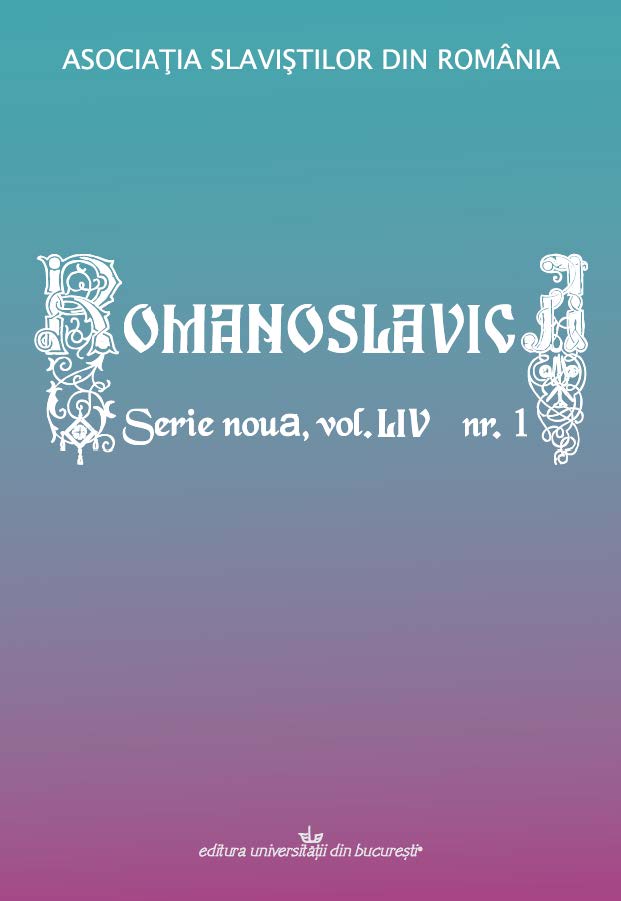Етничка структура становништва југозападног румунског Баната у средњем веку у светлу топонимије
The Ethnical Structure of the South-Western Banat Population in the Middle Ages from the Perspective of Toponymy
Author(s): Mihai N. RadanSubject(s): Local History / Microhistory, Lexis, Historical Linguistics, Philology
Published by: Editura Universităţii din Bucureşti
Keywords: Banat; Karashoveans; toponymy; early Middle Ages; influences;
Summary/Abstract: In both the Romanian and foreign specialized literature the marked Slave character of Romanian toponymy, and that of the Banat region in particular, is unanimously accepted. This feature has been acquired in consequence of the protracted coexistence of the Romanian and Slave populations on the territory of Romania, resulting in the assimilation of the Slaves by the Romanians across most of the territory of Romania. Our study aims at analysing comparatively the Karashovean toponymy and the Romanian toponymy in the immediate vicinity of the Karashovean boundary. The goal of our comparative analysis is to reveal, after considering the old toponyms (those recorded by the 15th century) in the researched area, on the one hand, the ethnic origin of the population residing in the south-western part of the Banat region by the 15th century and in this context, to offer a most likely and accurate picture of the demographic dynamics in the region, and on the other hand, to ascertain the length of the Karashoveans’ existence in Banat.
Journal: Romanoslavica
- Issue Year: LIV/2018
- Issue No: 1
- Page Range: 79-98
- Page Count: 20
- Language: Serbian

